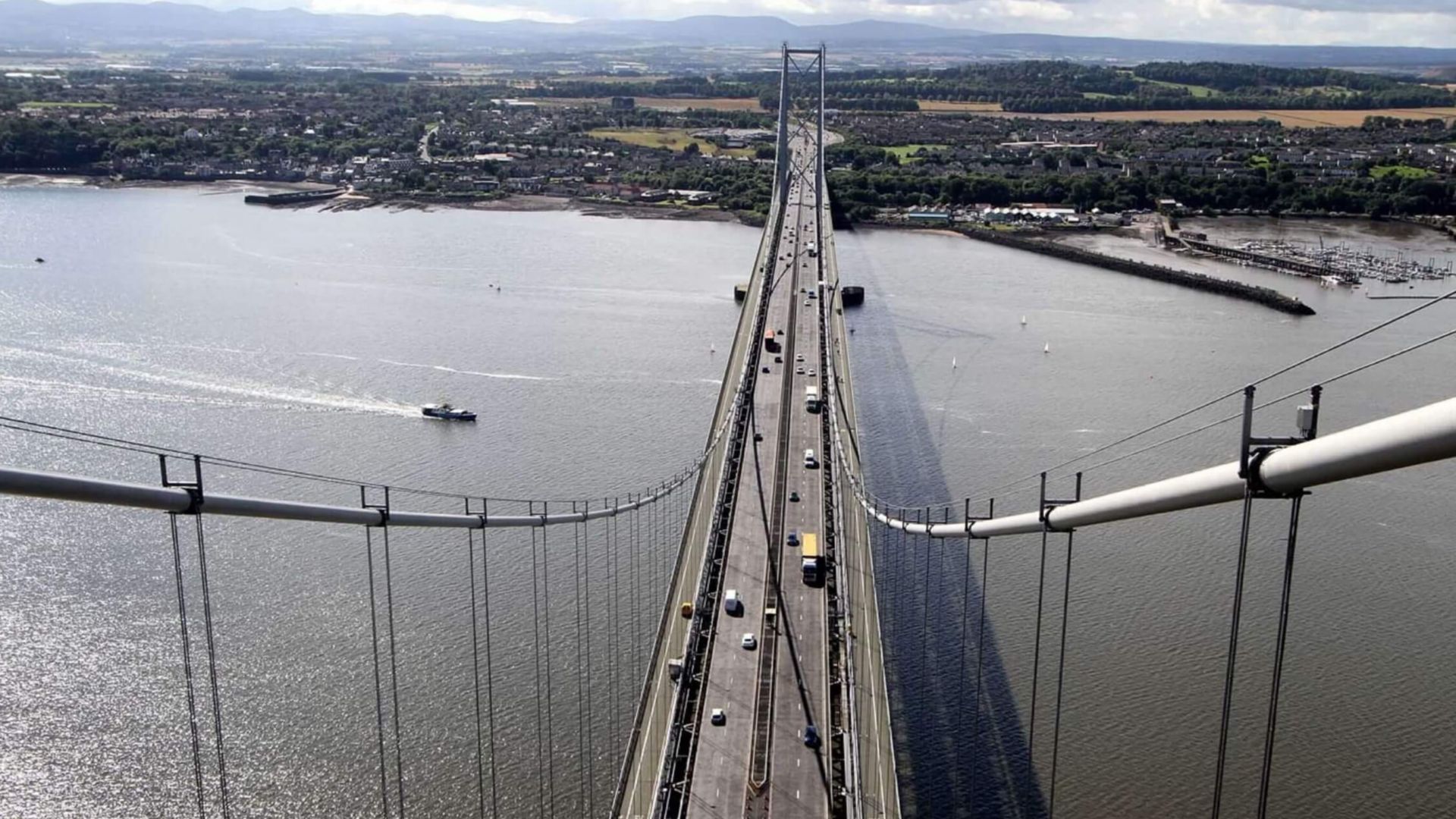16/05/2025
The UK’s roads and bridges are under increasing pressure. Many of our most critical transport assets were built decades ago and are now showing signs of severe deterioration. This, combined with limited maintenance budgets increased traffic, and heavier vehicles hascreated a perfect storm for structural decline.
Sika recently hosted a live webinar addressing these very challenges. Led by Dr Steve Holmes, Senior Technical Manager, the session offered engineers, specifiers, and asset owners a detailed look at concrete deterioration and how to manage it through strategic repair, protection, and corrosion management.
A shortened summary of the key elements to this webinar can be found below and to watch the session in full, visit: Enhancing Highway Infrastructure: An Introduction to Concrete Repair & Protection with Sika
The state of our Roads: Why intervention matters
UK highways are showing their age. A combination of decades-old construction, limited maintenance budgets, and ever-increasing traffic loads has left many concrete structures in distress.
A 2022 FOI report that revealed 5% of council-owned bridges were unable to carry a 44-tonne vehicle, with an estimated £1.2 billion needed to bring them back to standard. The ongoing lack of funding and delayed repairs only compound the problem—making timely intervention more essential than ever.
Corrosion in reinforced concrete was identified as a major cause of degradation. When left unchecked, it can lead to spalling, delamination, section loss, and in extreme cases, structural failure. From bridge piers and decks to abutments and soffits, no part of the network is immune.
Root causes: understanding corrosion
While often perceived as durable, concrete is susceptible to deterioration from environmental exposure. Two primary mechanisms of degradation include:
Carbonation acidifies concrete as it reacts with CO₂, undermining the protective layer that forms around steel reinforcement in high-pH environments.
Chloride ingress, meanwhile, is far more aggressive. Originating from de-icing salts or marine spray, chlorides penetrate the concrete and trigger pitting corrosion of steel bars, often resulting in rapid section loss.
The result? Delamination, spalling, and structural weakening—all of which threaten the safety, appearance, and longevity of our infrastructure.
Standards that Guide Us: BS EN 1504
At the heart of modern concrete repair, protection and strengthening practices is BS EN 1504, the harmonised European Standard that defines principles and methods for the protection and repair of reinforced concrete.
It covers:
- The cause and assessment of damage
- Selection of appropriate repair strategies
- Performance requirements for products and systems
- Monitoring and maintenance approaches
It also forms the basis for Total Corrosion Management—Sika’s comprehensive methodology for selecting and combining repair and protection systems tailored to specific site conditions.
Total Corrosion Management (TCM): A holisticapproach
Sika’s TCM framework encourages practitioners to look beyond patching repairs and make-safes to adopt a preventative, systems-based approach. The methodology is based on four main strategies:
1. Increase concrete resistivity
Improve durability by applying repair mortars and coatings that increase electrical resistance in the concrete, thus slowing down the corrosion process.
2. Prevent ingress
Use surface-applied coatings, hydrophobic impregnations, crack injections and deck waterproofing to block moisture and aggressive agents like chlorides and CO₂.
3. Stop the cathodic reaction
Deploy corrosion inhibitors—such as vapour-phase or migrating products—to passivate steel reinforcement and reduce electrochemical activity.
4. Move the anode
Move the corrosion reaction from the steel reinforcement to installed galvanic, impressed current or hybrid anodes as part of a cathodic protection system.
Each corrosion management solution should be tailored to the individual structure and informed by detailed condition surveys and testing.
Condition assessment: The foundation of every solution
Surveying and testing are critical steps in determining the correct approach to repair and protection. Site investigations should go beyond visual inspection and may include:
- Carbonation depth testing
- Chloride depth profiling
- Delamination and defect mapping
- Crack width and pattern analysis
- Half-cell potential and resistivity measurements
A well-scoped survey not only identifies the cause and extent of damage but allows engineers to zone structures and apply targeted solutions—improving cost-efficiency and long-term outcomes.
Real-World application: North Bridge,Edinburgh
A major refurbishment of North Bridge in Edinburgh highlights how Sika’s systems were applied in the real world.
Sika’s solutions were used to:
INCREASE RESISTIVITY
- Concrete repair mortar – Sikacem-133 Gunite
- Concrete repair mortar – Sika MonoTop-4012
- Protective coating/primer – SikaTopArmatec-110 EpoCem
MOVE THE ANODE (CATHODIC PROTECTION)
- Galvanic patch-protector anodes – Sika Galvashield XP2
PREVENT INGRESS
- Structural crack injection resin – Sikadur-52 Injection Normal
- Protective coating - Sikagard-675 W GB ElastoColor
STRENGTHEN
- Epoxy-bonded CFRP fabric – SikaWrap-231 C & Sikadur-300
Conclusion: Building infrastructure that lasts
The UK’s ageing infrastructure presents a serious challenge—but also a great opportunity. With the right knowledge, tested materials, and a systems-based approach, it’s entirely possible to extend the life of roads, bridges, and highway assets for generations to come.
Sika’s Total Corrosion Management methodology offers the tools, science, and strategy to make that happen - ensuring that today’s interventions deliver tomorrow’s resilience.
If you missed the webinar, and to watch the session in full here: Enhancing Highway Infrastructure: An Introduction to Concrete Repair & Protection with Sika

